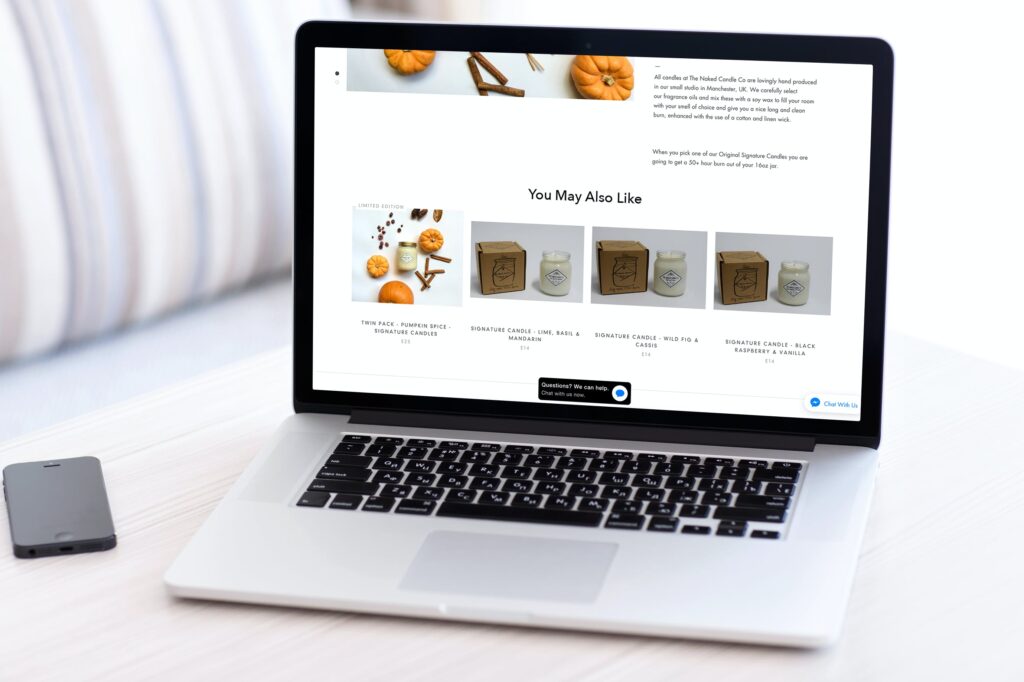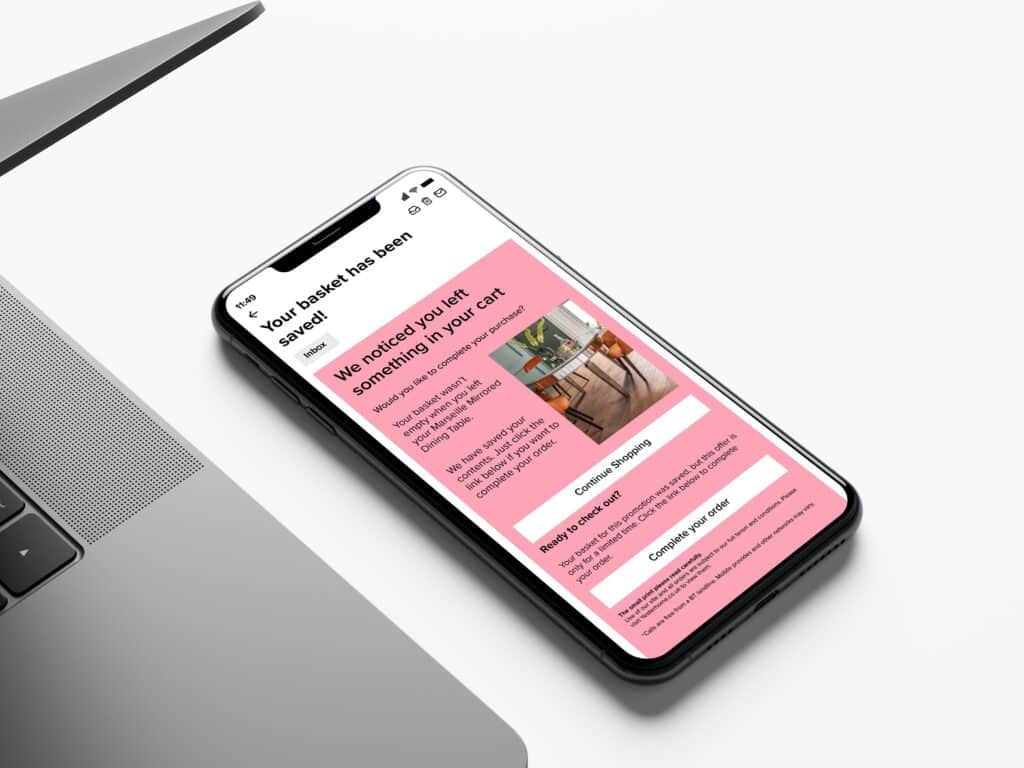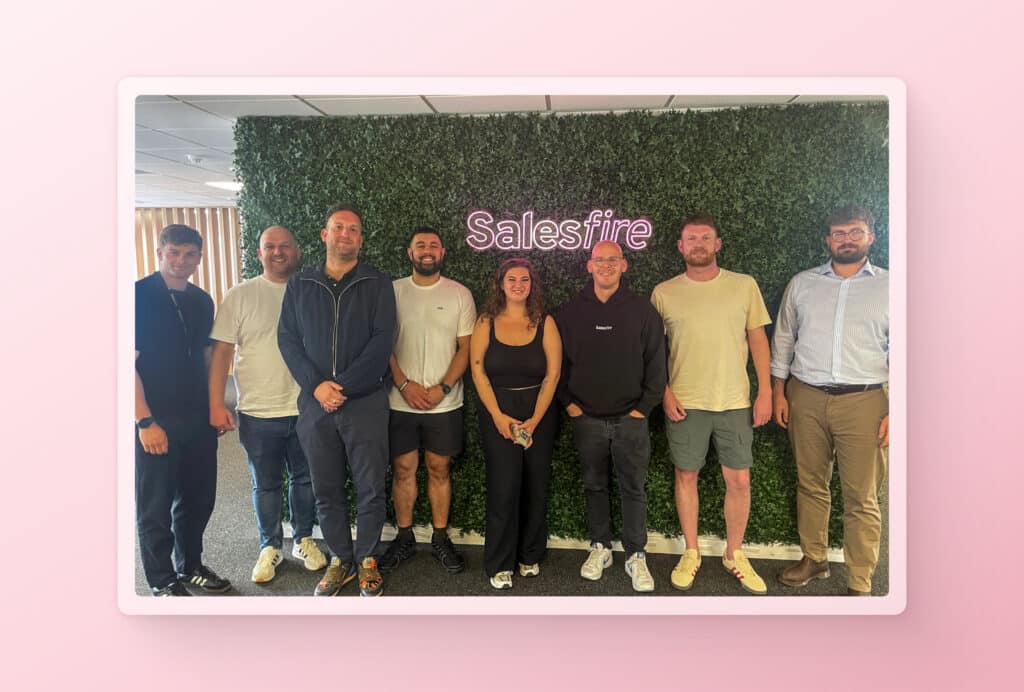
Every customer wants to enter a shop and be presented with their favourite items, finding everything they need in a matter of minutes.
In real life, this is called personal shopping. In eCommerce, we call this personalisation.
What is personalisation?
Personalisation is a term used a lot by online retailers. It can best be described as the creation of personal interactions and experiences on eCommerce sites.
This is achieved by dynamically showing content, media or product recommendations, based on browsing behaviour, purchase history data, demographics and psychographics.
Personalisation is becoming increasingly important to online retailers seeking to not only engage shoppers but to increase sales, boost conversion rates, drive repeat purchases and encourage customer loyalty.
No two consumers are the same – why offer both of them the same thing?
Why is personalisation so effective?
One-size-fits-all marketing is long gone.
Research has found 80% of consumers are more likely to make a purchase when brands offer personalised experiences.
It’s simple. Personalisation delivers results because users respond best to content that speaks directly to them.
The intelligent use of real-time data allows eCommerce retailers to fine-tune each customer’s experience into a journey that is personalised and unique to them.
Not only does this hold consumers’ attention for longer, but it also converts a one-time shopper into a returning visitor due to increased customer loyalty. The more personalised a customer’s experience is, the more likely they are to take targeted action.
The most successful personalisation strategies deliver tailored communications from the very first moment a user interacts with a site, all the way through to post-purchase and beyond.
Personalising at every moment of the customer journey makes a shopper feel valued and more connected to a brand.
From personalised greetings and tailored product recommendations to emails based on on-site behaviour and purchase history, use the data you already collect on users to create journeys your customers will remember.
Remember to not think of personalisation as an add-on, 63% of online shoppers now expect it as standard. This makes it fundamental to a customer’s online shopping experience.
Discover four reasons why personalisation is key to eCommerce success.
Personalisation and customer loyalty
With the cost of attracting a new customer five times greater than retaining an existing one, it makes sense to work on your customer loyalty.
Personalisation is a powerful conversion tool for customer retention.
We all like it when a sales assistant recognises us or a waiter remembers our order. It makes you more likely to return to the store or restaurant.
eCommerce is no different. Make a customer feel valued and they’ll return time and again.
Personalising every touchpoint of a customer’s journey with content tailored just for them will grow their loyalty towards your brand and make them think of you first when they come to purchase again.
And the best part is you probably already have all of the data you need to be able to do this.
From transaction history to browsing sessions, you can use AI and machine learning to analyse their preferences, behaviour and characteristics then use this to information in your personalisation strategies.
This will create content that resonates with shoppers and draws them back to your site over a competitor.
Learn more about how personalisation can improve customer loyalty and retention.
How to utilise personalisation

1. Product recommendations
Product Recommendations are the cornerstone of personalisation.
45% of consumers are more likely to shop on a site that offers personalised recommendations, and 56% of shoppers are more likely to return to an online store that offers product recommendations (Evergage). With these statistics, it’s no surprise that product recommendations account for 31% of eCommerce revenue.
Using personalised product recommendations based on historical data or an individual’s browsing history allows you to present highly relevant products at multiple touchpoints in the shopping process.
You could choose to display recommended products based on what other customers purchased after viewing the same item or use the opportunity to upsell or cross-sell complementary items.
Not only are product recommendations fundamental for a personalised shopping experience, but they also make it easier and quicker for eCommerce retailers to guide customers through their conversion funnel.

2. On-site notifications
On-site notifications can communicate useful information and friendly reminders to customers in a precise and timely fashion. With tailored messaging, customers feel that the notification is specifically for them.
They can be used to leverage scarcity, a marketing tactic that uses the fear of loss to sell more, increasing a customer’s perceived value of a product.
Research into scarcity marketing shows that customers place a higher value on products that are of limited availability.
Add on-site messages to product pages to show how many customers are currently looking at the same product, how many times the product has been purchased in the last 24 hours or offer a discount code that expires in an hour.
When consumers find out that their favourite product is almost out of stock or they only have 48 minutes left to use their discount code, the customer purchases a lot faster and often with less thought.
All the while, customers are under the impression that these friendly reminders are for them and them only.

3. Email retargeting
When it comes to email marketing, personalisation pays off. Personalised emails improve click-through rates by 14% and deliver 6x higher transaction rates.
With the average cart abandonment rate sitting at 69.57%, any eCommerce retailer failing to utilise personalised Email Retargeting is passing up on a huge opportunity to recover lost sales.
As with most personalisation strategies, personalised email retargeting varies in complexity.
Basic retargeting can include using the shopper’s name or creating a personalised subject line.
More advanced retargeting can include injecting dynamic content, such as product recommendations, abandoned cart emails and promotional offers based on a user’s gender, browsing history and purchase data.
Personalised Email Retargeting can be a lot simpler than eCommerce retailers think. Using list segmentation, retailers can separate their email list into smaller groups based on their age, location, gender and opt-in status.
This personal data then makes it easier to tailor messaging around a user’s specific information, including their browsing history, purchase history and shopping cart contents.
A personalised email campaign will stand out within a customer’s inbox, strengthen a customer’s experience and make it much easier to deliver the right content to the right people at the right time.
See how Salesfire can help you optimise your product discovery experience, email one of our experts at [email protected] or book a free demo of our personalisation tools.



